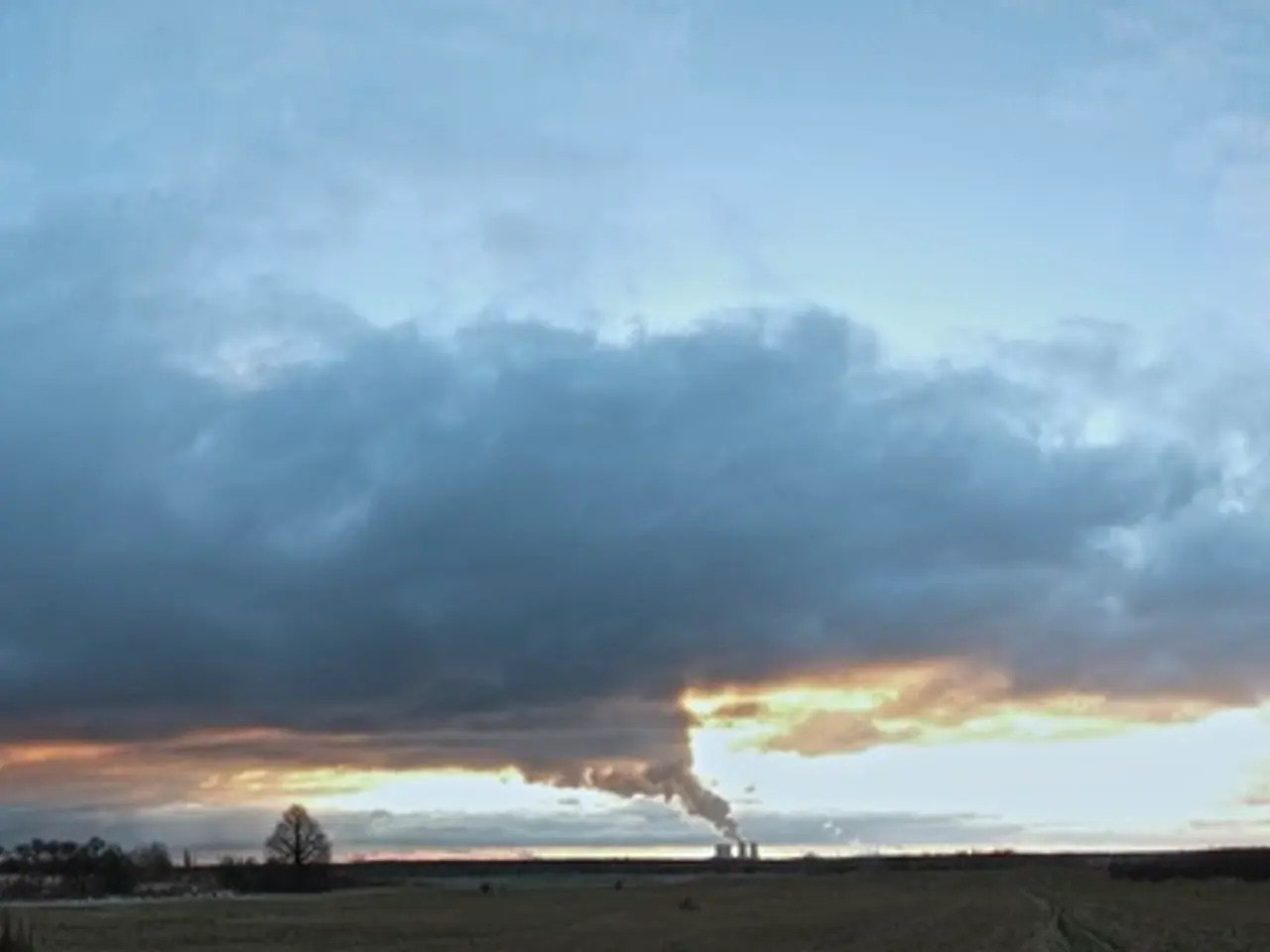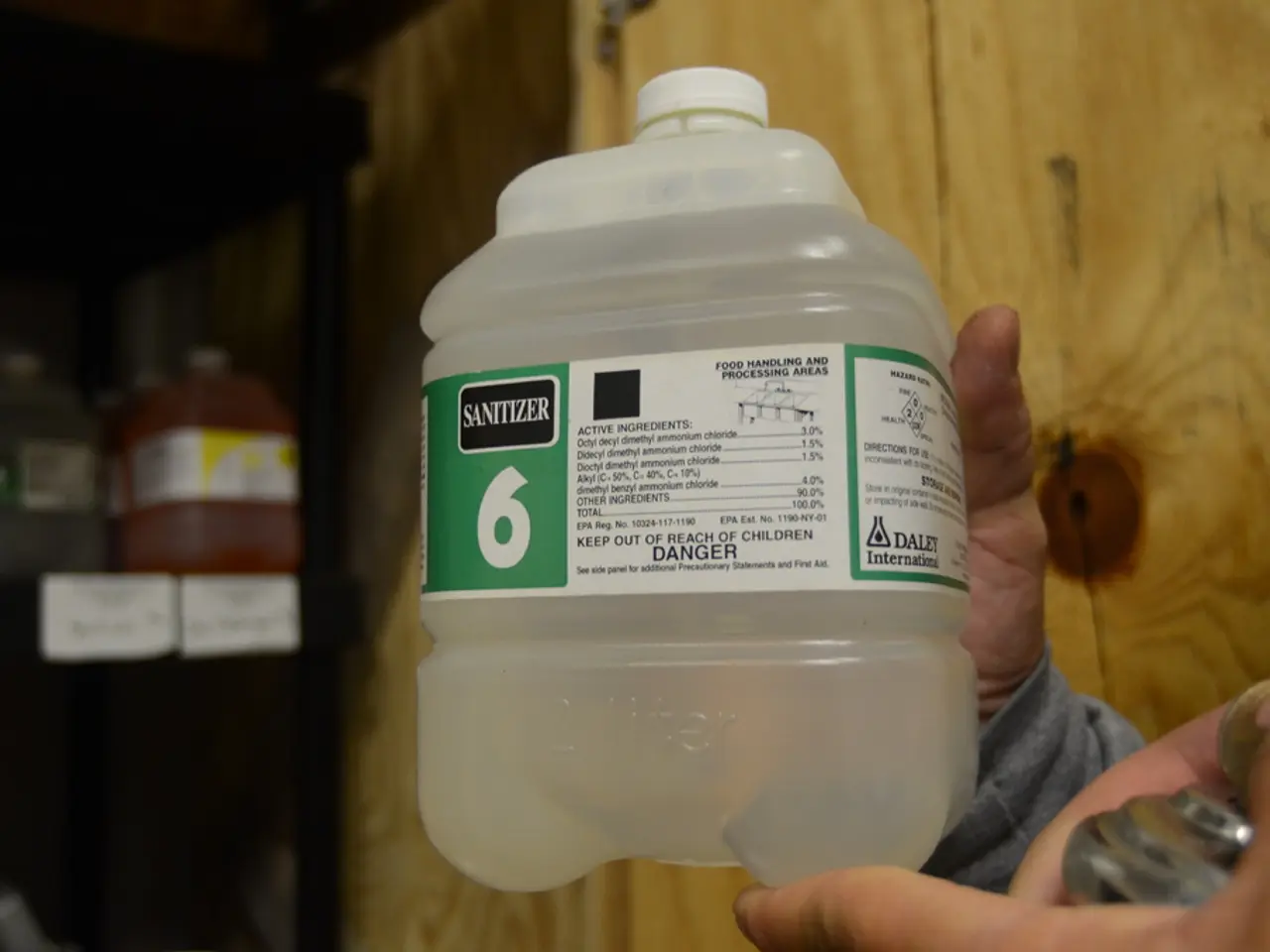Heatwave Grips the United States: A Growing Threat to Public Health
nationwide heatwave in the U.S., extending from New York to Texas, puts a strain on power grids and poses health threats.
The United States is currently experiencing a severe heatwave, with temperatures soaring across the country. On July 29, 2025, New York City hit a sweltering 93°F, feeling like 98°F. Tampa recorded a record 100°F on July 27, with a heat index of 113°F, marking one of the hottest days ever recorded in the city.
This heatwave is not just a weather event; it's a public health crisis. July 2025 is expected to be 1.5°F warmer than the 30-year average, indicating the intensity caused by climate change. The growing threat of extreme weather is becoming increasingly evident.
The Centers for Disease Control and Prevention (CDC) recommends staying hydrated and monitoring those who are at risk, such as the elderly, children, people with pre-existing conditions, pregnant individuals, outdoor workers, and homeless persons. High temperatures and humidity can exacerbate health risks, particularly when nighttime temperatures remain high, as the body undergoes additional strain in regulating temperature. Prolonged heat exposure, especially when combined with poor sleep quality, can worsen immune function and mental health, and elevate risks of chronic illnesses such as heart disease.
Heat-related illnesses have already taken a toll this year, with an estimated 150 heat-related deaths so far in 2025 and thousands of emergency room visits. Historically, about 70,000 ER visits and 10,000 hospitalizations annually in the U.S. are due to heat illnesses. July and August see particularly high rates of heat-related ER visits.
To combat this crisis, cooling centers are operating across the country. These centers can be located through 2-1-1 or 211ct.org. The American Red Cross provides a free Emergency app and safety advice at redcross.org. In addition, volunteer opportunities offered by the Red Cross and nearby shelters are essential for the distribution of goods.
The warmth is also straining power systems as demand for air cooling rises. Storms connected to the heatwave have left nearly 136,000 people without power in Minnesota.
Relief efforts during heat waves are supported by donations to feedingamerica.org. In some communities, local initiatives are making a difference. A church in Hartsville, South Carolina, is gathering water and fans for nearby police stations. Libraries and senior centers in Springfield, Massachusetts, and Trumbull, Connecticut, have been designated as cooling hubs through July 30.
As the heatwave continues, it's clear that continued investment in robust infrastructure and climate adaptation is crucial to mitigate future heatwaves. Sarah Tancredi, an experienced journalist and news reporter specializing in environmental and climate crisis issues, emphasizes the urgency of addressing this growing threat.
[1] Centers for Disease Control and Prevention. (2021). Extreme Heat: A Prevention Guide to Promote Your Health. [2] National Institute of Environmental Health Sciences. (2021). Heat Waves. [3] American Red Cross. (2021). Heat Wave Safety. [4] World Health Organization. (2021). Heatwave Preparedness and Response.
- The surge in heatwaves, like the one currently gripping the United States, underscores the importance of environmental science courses in universities and ESG reporting in business practices.
- To prepare for the health challenges arising from climate change, such as heat-related illnesses, medical-conditions training for healthcare workers and health-and-wellness reporting in media outlets are paramount.
- As part of the broader conversation on environmental health, the role of environmental-science in understanding climate change and its effect on medical-conditions like heart disease should not be overlooked.
- In response to the increased frequency of heatwaves and their impact on public health, therapies-and-treatments for mental health, such as CBD, might have a role in addressing the strain on individuals' mental wellbeing during these crises.
- Organizations focusing on health and wellness, like the Centers for Disease Control and Prevention, the World Health Organization, and the American Red Cross, should incorporate climate change in their reporting and response strategies.
- In the face of heatwaves and their implications for public health, it is essential to prioritize investment in infrastructure, training, and new technologies that help adapt to climate change, as suggested by Sarah Tancredi, an expert on environmental and climate crisis issues.




